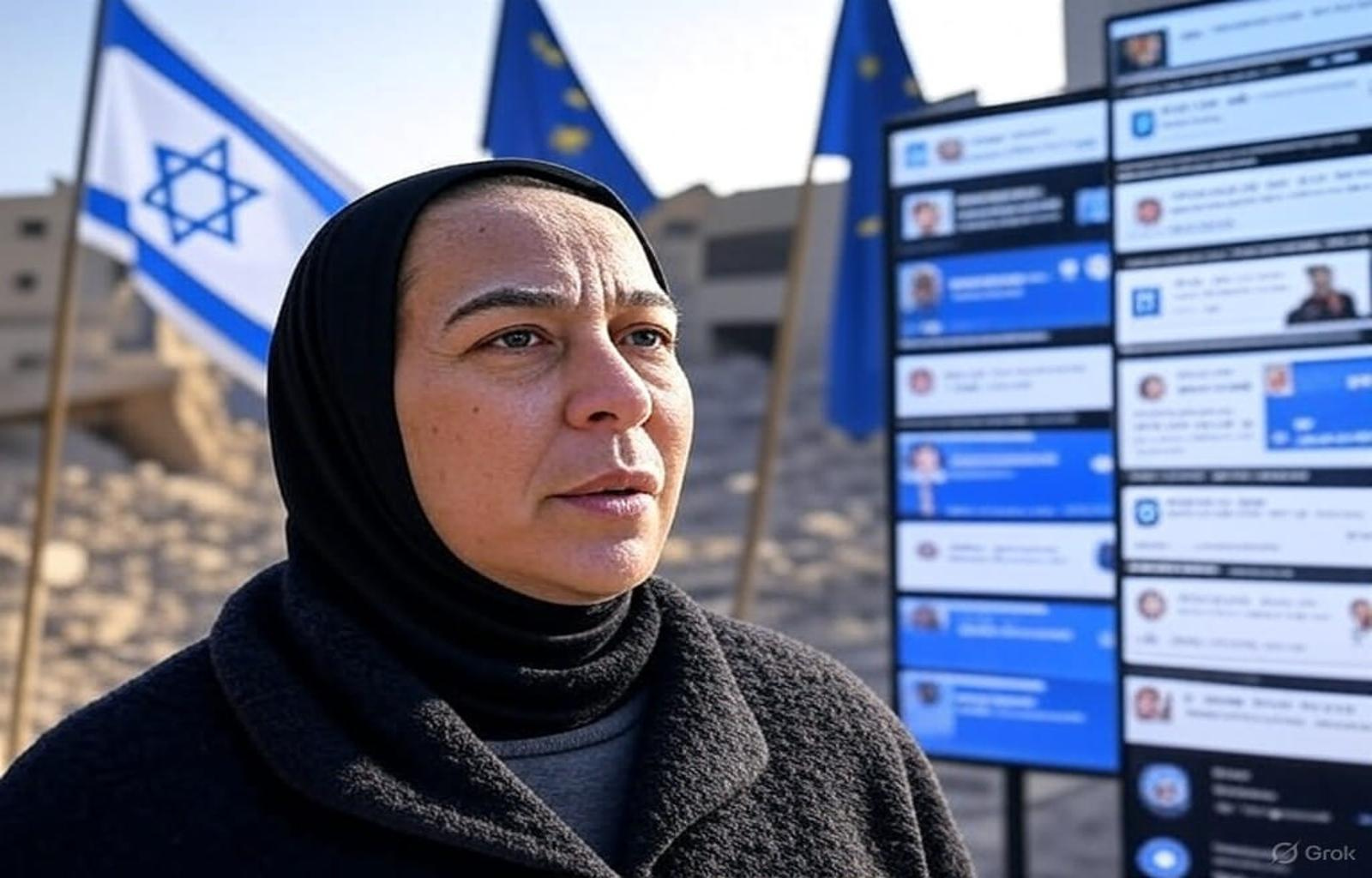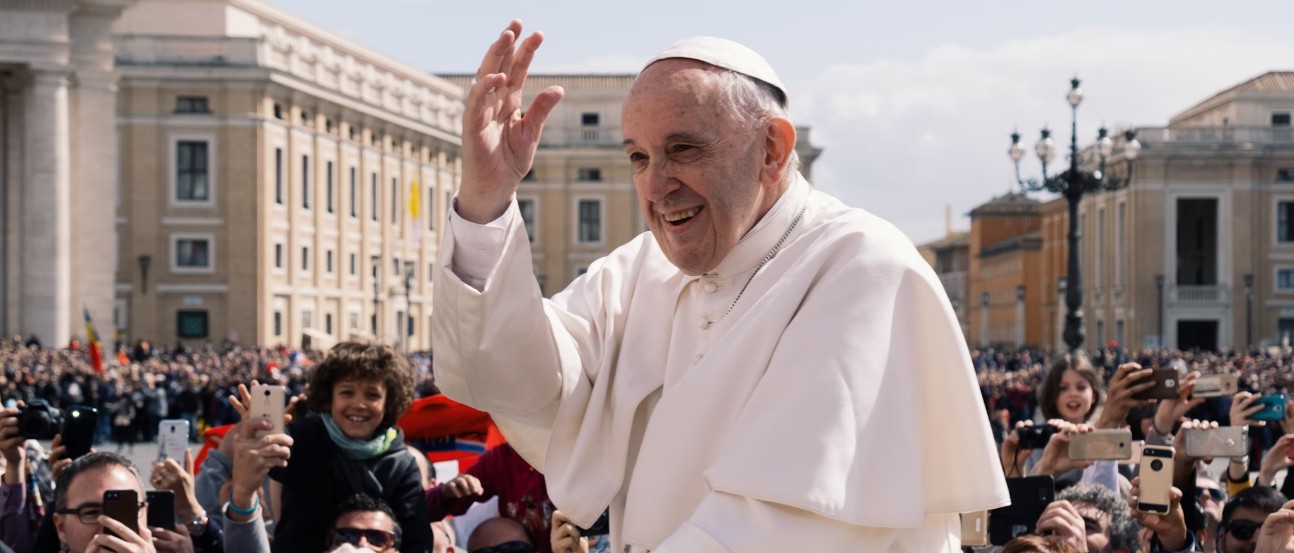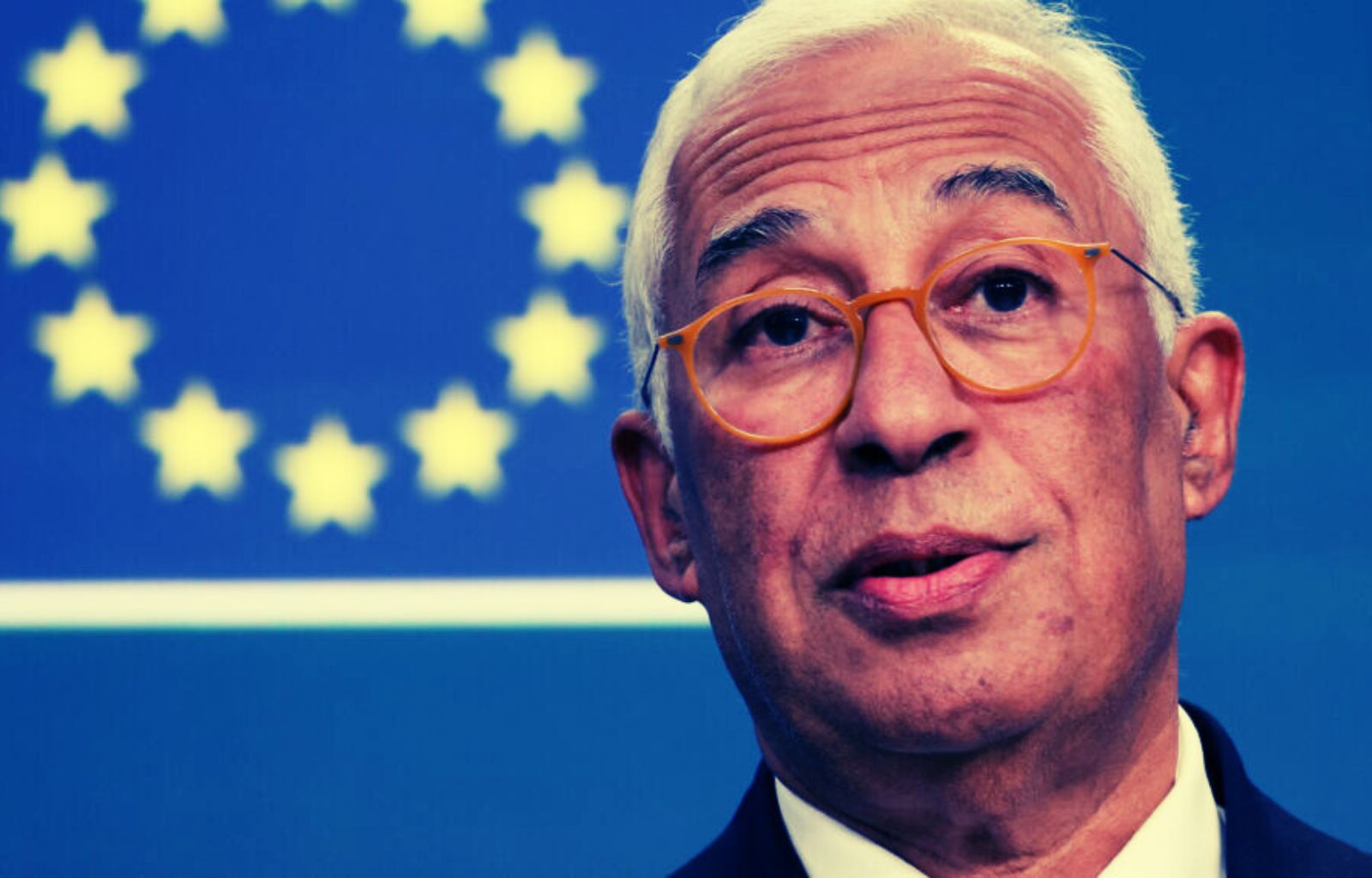Israel, Europe and asymmetrical attrition

Almost two years after the 7 October 2023 attack, the geopolitical balance in the Middle East looks like an updated re-run of ideological clashes that never subsided. What appeared to many as a normalising conflict has suddenly receded, bringing back to the surface fault lines buried under decades of diplomacy. The following article analyses the dogmatic nature of the attack, its strategic objectives, the reaction – not only military – of Israel and the West, and, finally, the political implications of the Jewish state’s intervention. All through a lens that distinguishes real war from its media representation.
The war of principle: a scenario for understanding the future
Nearly two years have passed since that tragic 7 October 2023 that restarted a conflict that was on the verge of normalisation. Here is our in-depth look at the history of the conflict.
7 October is characterised not only as a terrorist attack, but as the implementation and revival of the 1967 Arab League Resolution, which went down in history as ‘The Three No’s of Khartoum’.
That document, quite simply stated the will to pursue an international line of total opposition to peace, diplomatic relations and normalisation of relations with Israel. A matter of principle, as they say, is still a matter of principle.
As tragic as they are, wars of principle are particularly easy to theorise and classify because the elements leading to conflict are almost exclusively fabricated by value and dogmatic frameworks that adhere to simple and predictable lines to a greater extent than is required for more ‘natural’ wars. This is why the foresight already proposed last year, as well as the model contained therein, is still useful for understanding what has happened and what scenarios might open up in the future.
This model posits a very simple relationship by identifying three existential pillars at play – normalisation of external relations, deterrence capacity and internal cohesion – and reverses Israel’s objectives to define the best/worst cases.
The objectives of Hamas:
- Blocking normalisation with foreign countries, exporting the conflict.
- Forcing Israel into a trade-off between deterrence and external cohesion/relations.
- Exploiting civilian victims to divide the Arab and Israeli populations, influencing Islamic and Western public opinion.
Consequences:
Israel, unwilling to give up deterrence, will suffer a decline in strategic depth and internal unity: it may attempt to compensate by increasing deterrence force to uncontrollable levels, with risks to democracy.
Best case: limited conflict; Gaza reintegrated with solutions ranging from absorption to shared administration.
Worst case: regional war extended to Tehran; military overstretch; internal and NATO tensions.
In both cases, a rapid descent of the Netanyahu era, a reshaping of the post-conflict political order and a heightened Western polarisation loom.
We can therefore argue in 2025 that this model has been historically confirmed for now.
On 7 October 2023, Hamas forced the world to impose its dogma. This genocidal dogma, adorned with garments emblazoned with ‘resistance’ and ‘anti-colonialism’ to be sold to the most clueless Europeans, has placed Israel in an uncomfortable condition: either it renounces its existence or it renounces its reputation. Israel has renounced the latter under the eyes of a world that has been cheerfully mocked by the most ridiculous forms of propaganda.
The inversion between aggressor and aggressed: the communicative masterpiece of Hamas
Speaking purely in technical terms, Hamas has succeeded in an impressive sleight of hand, erasing from both academic and popular collective memory certain universal criteria necessary to understand any conflict.
In the meantime, it seems that the entireWest, and first and foremost our Europe, has forgotten the first law of war: the question of who committed the crime of aggression has not been asked.
Another truth disappeared from the radar under a deafening silence: the number of dead in war is unverifiable. In no war, ancient or contemporary, has it been possible to determine the number of dead even years later.
Under conditions of peace, it is easier to define who is present, but not who is not present. If tracing the deceased is complex even in peacetime, during major war it is impossible. This is a truth that applies to any war and has always applied. Just look at the casualty figures from the Second World War, the conflict that has been debated the most: you will find only and exclusively estimates.
From 7 October 2023 onwards, however, the Palestinian terrorist group seems to have subverted this general rule, perhaps aided by an alien technology unknown to us, such that it becomes possible for them to count with absolute certainty and precision the number of victims, to know whether they were combatants or not, and to be able to announce this on live TV at the very moment of death. Something never seen before, an astonishing ability to calculate in real time, accepted without verification by international bodies and the Western media, and this should make us reflect: if a terrorist group, a triggering part of the conflict and having a mystical technology unknown to all that manages to provide such precise numbers on live television, manages to pass off its propaganda as absolute truth, perhaps the problem is not Hamas, perhaps the problem is us.
For if Hamas’s target is Israel, the bullet is European public opinion: all of Hamas’s strategic and tactical behaviour is based on hurling Israel’s allies at Israel itself in an attempt to implode its circle of diplomatic relations. But, if we Europeans are the projectile of the Palestinian weapon, we obviously suffer some backlash as well.
This unequivocal fact should make us question the structure, resilience and wholesomeness of our democracies, which as such find their foundation in the way information is managed from which public opinion branches out. With ever-increasing youth and university radicalisation, a disconnect between politics and public opinion and a fracture of discursive authority: the concepts of ‘peace’, ‘justice’ and ‘rights’ are now fluidised and manipulated.
The political margin and the end of one-way asymmetry
The ongoing conflict between Israel and Hamas represents much more than an armed clash. It is, rather, a structural crisis that lays bare the limits of power projection in a context saturated with internal and external constraints, where every choice generates a backlash. We are not facing a war ‘to be won’ according to 20th century logics. We are facing a sequence of strategic reconfigurations in which the objective is never absolute victory, but rather the survival of the political edge.
In this framework, Israel appears caught in a trap built over time: each attempt to re-establish military deterrence carries an increasing price in terms of democratic legitimacy and diplomatic capital. It is a systemic trade-off that weakens the Jewish state’s ability to present itself as a rational, credible and centralised actor on the international scene.
On the one hand, the need to respond forcefully to terrorist attacks; on the other, the increasing difficulty in containing the political consequences, both internal and external, of any military operation.
Hamas does not have the strength to defeat Israel militarily. But it has learned to structure the conflict in such a way as to force Tel Aviv to react in ways that weaken its political and diplomatic position. This is the real turning point: Hamas fights on the level of communication and collective psychology. It forces Israel to move within the perimeter of trauma, to renew the narrative of its security exceptionalism, while at the same time helping to delegitimise the international image of the Israeli state, especially among the younger generation in the West.
The problem, however, does not end with the communicative dimension. The ongoing conflict aggravates an internal leadership crisis that the Netanyahu government is no longer able to contain. Political unity rests on fragile coalitions,divided public opinion, and increasingly polarised institutions. Israeli society is facing a deep generational and cultural divide between those who demand absolute security and those who are beginning to question the moral and strategic sustainability of the current approach.
This lack of internal cohesion is also reflected in the management of alliances. If Israel once represented theoutpost of the West in the Middle East, today that narrative is weakened by the progressive disaffection of part of Western public opinion. Diplomatic inertia, the opaque management of operations in Gaza, and the inability to come up with a credible political plan for the post-conflict period are eroding Israeli soft power.
Israel now moves through a minefield where every gesture is a show of strength that becomes, however, a demonstration of vulnerability. It is the end of one-way asymmetry. Hamas cannot win, but it can wear down. Israel can strike, but it always loses something in terms of reputation, support or legitimacy.
The real challenge for Tel Aviv, in short, is no longer simply and purely military, but political: a new narrative is needed, one that is capable of rethinking the country’s strategic priorities and that can speak to a world that no longer accepts the binary logic between security and law.
The great absentee: Europe
The European Union observes, reacts with difficulty, is divided. The Franco-German axis is fragile, Italy is swaying between Atlanticist instinct and geopolitical calculation, the Eastern countries are aligning themselves with the USA, while European public opinion is veering noticeably towards a critical stance towards Israel.
The rift is evident and dangerous. Because while politics is trying to maintain a neutrality that no longer holds: the squares are radicalising, the universities are protesting, the newspapers are swinging and the consensus for the Palestinian cause is increasing, even where it was once marginal.
This growing distance between the European institutions and its citizens on the Israeli-Palestinian issue is a political wake-up call. Europe finds itself in a position of strategic irrelevance, unable to exercise a mediating or proposing function. The two-state rhetoric has become a mantra with no concrete tools. And while America uses tariffs as negotiating tools, theEuropean Union remains stuck between declarations of principle and the reality of its geopolitical impotence.
Israel, for its part, seems little interested in cultivating European consensus. The Netanyahu doctrine, and in general the Israeli government posture in recent years, has progressively shifted the centre of gravity towards a functional and ideological alliance with Washington, even at the cost of sacrificing bridges with Brussels. In this sense, the conflict becomes a definitive dividing line between those who command by force and those who defend by form.
The European strategy not to succumb: defending the form
The form – made of international law and shared norms – is the only space where Europe can still exert influence. If this is emptied, little else remains. The Union will find itself a passive bystander in a conflict that fuels internal tensions, social polarisations, and the crisis of the very liberal order it claims to want to defend.
Israel fights for its security, but risks compromising its moral standing.
Europe watches, but risks disappearing as a relevant political actor.
The challenge, then, is not only a military one. It is a challenge to the narrative, the representation, the very meaning of what ‘the West’ is today in a world that is rediscovering itself to be multipolar, fragile and in permanent conflict.
In this unstable equilibrium, whoever will be able to propose a new vision of coexistence, law and security, will not only survive. It will command.











